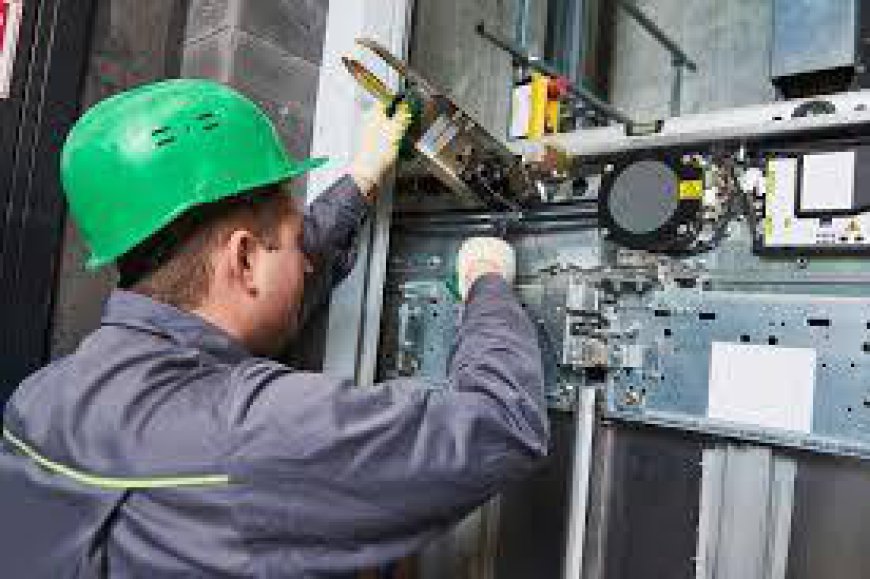How Car Elevators Can Reduce Traffic Congestion in Urban Areas

Urban areas around the world are facing a growing challenge: traffic congestion. With increasing populations and rising car ownership, parking spaces have become scarce, leading to overcrowded streets, long wait times, and increased emissions. One innovative solution to this problem is the use of car elevators in parking garages. By enabling vertical parking, car elevators can reduce the need for sprawling parking lots, alleviate street congestion, and offer a more efficient use of urban space. Here’s how car elevators can play a vital role in reducing traffic congestion in urban areas.
1. Maximizing Vertical Space for Parking
In densely populated cities, space is at a premium. Traditional parking structures, which rely on ramps and multiple levels, often require large horizontal footprints, taking up valuable real estate. Car elevators allow for the construction of parking towers that can store cars vertically, similar to a high-rise building. By using car elevators, urban areas can increase parking capacity without expanding outward.
-
Impact on Traffic: When more cars can be parked in a compact vertical space, fewer drivers circle city blocks searching for parking. This reduces traffic congestion caused by vehicles driving aimlessly for a spot.
2. Reducing Search Time for Parking
One of the major contributors to traffic congestion in urban areas is the time drivers spend searching for parking. Studies show that in some cities, drivers can spend up to 30% of their time on the road simply looking for a place to park. Car elevators, combined with smart parking systems, can drastically cut down on this time.
-
How It Works: Car elevators provide direct access to assigned parking spots in high-rise garages. Automated systems can guide drivers to an available spot without the need for circling multiple floors. This efficiency reduces traffic congestion both inside and outside parking facilities.
3. Minimizing Roadside Parking
Roadside parking contributes to traffic bottlenecks, especially in city centers where space is already limited. Cars parked along the road occupy valuable street space, forcing moving vehicles into fewer lanes. Car elevators can eliminate the need for on-street parking by providing off-street vertical parking solutions.
-
Impact on Traffic: By removing parked cars from the streets, car elevators free up space for traffic to flow more smoothly. This reduces congestion and allows for better lane management in busy urban areas.
4. Reducing Environmental Impact
Traffic congestion leads to higher emissions as cars spend more time idling or moving at slower speeds. In congested urban centers, this results in increased pollution levels and poor air quality. Car elevators, by reducing the need to search for parking and limiting the number of cars on the road at any given time, can play a role in lowering the environmental impact.
-
Energy Efficiency: Automated car elevators are designed to be energy-efficient. They can reduce the carbon footprint of parking garages by minimizing the need for sprawling concrete ramps and cutting down on the emissions caused by vehicles navigating traditional parking lots.
5. Supporting Efficient Land Use
Traditional parking garages take up significant amounts of land and often extend over large areas to accommodate enough vehicles. However, car elevators make it possible to build compact, multi-story parking facilities, making better use of urban land.
-
Impact on Traffic: With parking consolidated into vertical structures, more land is available for other essential urban infrastructure, such as wider roads, public transit lanes, or green spaces. This redistribution of space can enhance traffic flow and reduce overall congestion.
6. Decreasing the Number of Entry and Exit Points
Traditional parking garages often have multiple entry and exit ramps, creating traffic choke points, especially during rush hours. Car elevators reduce the need for multiple ramps and allow for more controlled and efficient ingress and egress.
-
How It Helps: Fewer entry and exit points mean less traffic buildup around parking facilities. Car elevators allow for faster vehicle turnover, reducing the backup of cars entering or leaving the parking garage and easing the pressure on nearby streets.
7. Facilitating Automated and Smart Parking Systems
Car elevators are frequently integrated with automated parking systems that use robotics and smart technology to manage the entire parking process. These systems not only park cars efficiently but also retrieve them quickly based on the driver's request.
-
Impact on Traffic: Smart systems reduce the need for drivers to wait or maneuver in parking garages, further decreasing the time spent idling or moving slowly in congested areas. This smart technology can reduce traffic congestion in both the parking facility and surrounding areas.
8. Improving Access to Urban Facilities
Many urban centers have popular destinations, such as shopping malls, hospitals, and office complexes, that draw heavy traffic. Providing sufficient parking for these destinations is often a challenge, leading to traffic jams as drivers struggle to find spots. Car elevators in parking towers can significantly increase the parking supply for high-demand areas without requiring large surface lots.
-
Impact on Traffic: Improved access to parking in these key areas can reduce congestion by ensuring drivers quickly find parking, thus alleviating the burden on surrounding streets.
Conclusion
Car elevators offer a promising solution to the growing problem of traffic congestion in urban areas. By maximizing vertical space, reducing the time spent searching for parking, minimizing roadside parking, and improving the overall efficiency of parking garages, car elevators can free up space on congested streets. Their integration with smart parking systems and environmental benefits make them a forward-thinking option for cities looking to modernize their infrastructure and create more sustainable, less congested urban environments. As urbanization continues to accelerate, car elevators could be a key component in addressing traffic challenges and improving the quality of urban life.

 muslim
muslim